
China's energy storage industry, based on 80% of the global lithium - ion battery production capacity, is driving the global energy transition. In 2023, the export value of China's energy storage products reached $33.87 billion, a year - on - year increase of 50.5%, with lithium - ion batteries accounting for 94%. The European and American markets remain the core export destinations (the United States accounting for 18.5%, Germany 15.8%, and South Korea 12.8%), but emerging markets such as Southeast Asia and the Middle East have shown significant growth rates. This article deeply analyzes the global competition strategies of Chinese energy storage enterprises, deconstructs the differences in regional markets, and predicts the evolution trends of technology, policies, and trade patterns in the next decade.
1. Global Energy Storage Market Overview: Surging Demand and Technological Iteration
1.1 Global Energy Storage Installation Scale and Growth Drivers
Data Insights: In 2023, the newly installed capacity of global new - type energy storage reached 46 GW (a year - on - year increase of 130%), with large - scale energy storage (grid - side and power - generation - side) accounting for 71%. Electrochemical energy storage dominates the market. In 2023, the global total installed capacity reached 86 GW, with China, the United States, and Germany being the top three markets, accounting for more than 80% of the total.
Driving Factors:
The demand for renewable energy integration: The proportion of global variable renewable energy (VRE) generation exceeded 15%, and energy storage has become a core tool for grid flexibility regulation.
Electricity price fluctuations and peak - valley arbitrage: Large - scale energy storage projects in the United States achieve an annual yield of 12% by participating in the capacity market, and the peak - valley electricity price difference in Europe reaches €0.18/kWh.
1.2 Competition among Technological Routes and Cost Reduction
Lithium - ion Batteries in the Lead: In 2023, lithium - ion battery - based energy storage accounted for more than 90% of the global market. The cost of lithium iron phosphate batteries is expected to drop to $98/kWh in 2025.
Breakthroughs in Emerging Technologies:
- Sodium - ion Batteries: China's first 100 - MWh sodium - ion battery project was put into operation, with a cycle life of over 3,000 times and better high - temperature performance than lithium - ion batteries.
- Flow Batteries: All - vanadium redox flow batteries have been commercialized in the cold regions of Northeast China, and the cost per kilowatt - hour has dropped to $0.11/kWh.
2. Current Situation of China's Energy Storage Exports: Scale, Structure, and Regional Distribution
2.1 Export Scale and Product Structure
- Overall Growth: In 2023, the export value of Chinese lithium - ion batteries reached $65 billion (a year - on - year increase of 28%), and the export of energy storage systems exceeded 170 GWh.
- Product Stratification:Household Energy Storage Systems: Enterprises such as Huawei and BYD account for 15% - 18% of the European household energy storage market share.
- Large - scale Energy Storage Integration Equipment: Sungrow has an 18% market share in the North American market, ranking second.
2.2 Regional Market Distribution
| Region | Export Proportion in 2023 | Core Products | Growth Drivers |
| United States | 18.5% | Lithium - ion batteries, large - scale energy storage systems | Stimulated by the IRA policy, demand for grid expansion |
| Europe | 40% | Household energy storage, industrial and commercial energy storage | REPowerEU plan, electricity price fluctuations |
| Southeast Asia | 12% | Off - grid solar - energy - storage systems, micro - grids | Power shortage, island power supply demand |
| Middle East | 8% | Integrated photovoltaic + energy storage projects | Saudi Arabia's "Vision 2030", cost reduction of solar - energy - storage systems |
3. Competition Landscape: Comparison of Leading Enterprises and Strategic Differences
3.1 Global Competitiveness Map of Chinese Enterprises
| Enterprise | Core Markets | Technological Advantages | Proportion of Overseas Revenue in 2023 |
| BYD | Europe, Asia - Pacific | Blade battery, vertical integration | 45% |
| Sungrow | North America, Middle East | Inverter + energy storage system integration | 60% |
| Huawei | Europe, Africa | Intelligent string - type energy storage, digital platform | 50% |
| CATL | Global (cell supply) | High - nickel ternary batteries, CTP technology | 70% (indirect exports) |
| HyperStrong | Asia - Pacific, Latin America | Liquid - cooled energy storage system, local services | 35% |
Strategic Differences:
- Sungrow: Focuses on the North American large - scale energy storage market and cooperates with local EPC enterprises to avoid tariff risks.
- Huawei: Enters the African off - grid market with the "solar - energy - storage integration" solution and builds an energy service ecosystem combined with mobile payment.
3.2 Comparison with International Competitors
| Enterprise | Market Positioning | Technological Barriers | Chinese Competitors |
| Tesla | United States, Australia | Megapack integration, brand premium | Sungrow, BYD |
| LG Energy Solution | Europe, South Korea | High - energy - density ternary batteries | CATL |
| Sonnen | Germany, Italy | Virtual power plant software, community energy storage | Huawei |
| Fluence | Global grid - side | Project experience, financial tool innovation | HyperStrong |
4. In - depth Analysis of Regional Markets: Europe, America, Japan, South Korea, and Emerging Markets
4.1 European and American Markets: Policy - Driven and Localization Challenges
The United States:
- Policy Risks: The tariff on energy storage batteries will increase from 7.5% to 25% in 2026, forcing Chinese enterprises to accelerate local factory construction.
- Market Opportunities: The newly installed capacity of large - scale energy storage is expected to reach 14.3 GW in 2025, with a focus on California and Texas.
Europe:
- Green Barriers: The EU's New Battery Law requires carbon footprint declarations, and a carbon label system will be implemented in 2024.
- Emerging Models: Italy's MACSE mechanism promotes long - term energy storage contracts, attracting pension fund investments.
4.2 Japanese and South Korean Markets: Technological Alliances and Supply Chain Competition
Japan:
- Market Characteristics: The household energy storage penetration rate is low (<5%), but the demand for industrial and commercial energy storage has surged due to rising electricity prices.
- Cooperation Strategies: CATL has established a joint - venture factory with Panasonic and entered Toyota's supply chain.
South Korea:
- Technological Advantages: LG Energy Solution's ternary batteries dominate the high - end market, but the cost is higher than that of Chinese lithium iron phosphate batteries.
- Export Dependence: In 2023, South Korea's imports of energy storage batteries from China accounted for 35%.
4.3 Emerging Markets: Southeast Asia, the Middle East, and Africa
Southeast Asia:
- Off - grid Demand: The Tsingshan Industrial Park in Indonesia uses solar - energy - storage power supply, and the distributed energy storage increased by 200% in 2023.
- Policy Dividends: Malaysia has established an energy exchange to promote cross - border green electricity trading.
The Middle East:
Mega Projects: The Red Sea New City project in Saudi Arabia is equipped with 1.3 GWh of energy storage, and Sungrow won the core bid section
5. Policies and Trade Barriers: Challenges and Coping Strategies
5.1 Core Challenges
- Green Trade Barriers: The EU's carbon footprint accounting and battery passport system increase compliance costs by 30%.
- Localization Requirements: The US IRA Act requires that the localization rate of battery components exceed 50% to be eligible for subsidies.
- Geopolitics: The risk of Sino - US technological decoupling restricts the supply chain of key minerals (lithium, cobalt).
5.2 Coping Strategies
- Globalization of Production Capacity: CATL has built factories in Germany and Hungary, increasing the localization rate to 40%.
- Upgrading Carbon Management: BYD has established a full - life - cycle carbon footprint system to meet the EU's PEF standards.
- Innovation in Financial Tools: Sungrow has issued energy storage asset - backed securitization products to attract international pension fund investments.
Future Outlook: Technological Routes, Market Forecasts, and Investment Opportunities
6.1 Evolution of Technological Routes
Technological Inflection Points from 2025 - 2030:
The cost of sodium - ion batteries drops to $80/kWh, replacing the lead - acid battery market.
Hydrogen energy storage is commercialized and replaces diesel generators in the mining industry.
6.2 Market Scale Forecasts
| Region | New Installed Capacity in 2025 (GW) | Forecast in 2030 (GW) | Compound Annual Growth Rate |
| China | 32.0 | 75.0 | 18.5% |
| United States | 14.3 | 47.0 | 26.9% |
| Europe | 9.2 | 26.0 | 23.1% |
| Middle East | 12.5 | 42.0 | 27.4% |
6.3 Investment Opportunities
- Technological Dividends: Long - duration energy storage technologies such as gravity energy storage and flow batteries receive policy support.
- Regional Dividends: The African off - grid energy storage market will reach $5.4 billion in 2025, and women's economic empowerment will generate new business models.
The globalization journey of Chinese energy storage enterprises is not only the export of production capacity and technology but also a game of business models and standard - setting. Facing the "green barriers" in European and American markets and the localization challenges in emerging markets, only through technological iteration (such as breakthroughs in sodium - ion batteries), building supply chain resilience (such as overseas factory construction), and upgrading carbon management (such as full - life - cycle certification) can Chinese enterprises gain the upper hand in the global energy storage revolution. In the next decade, the energy storage industry will not only be the cornerstone of the energy transition but also a touchstone for the global competitiveness of China's manufacturing industry.
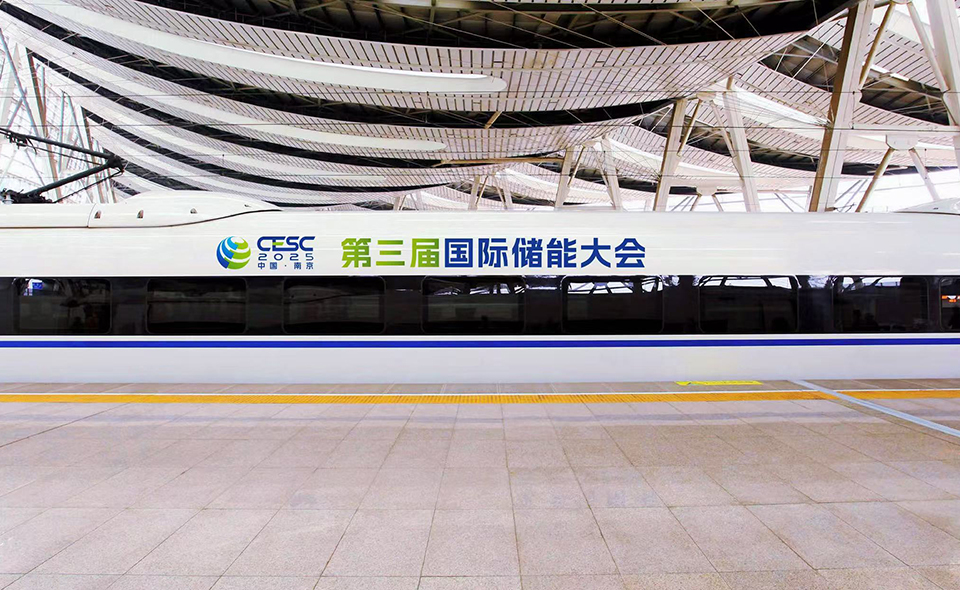
Latest News

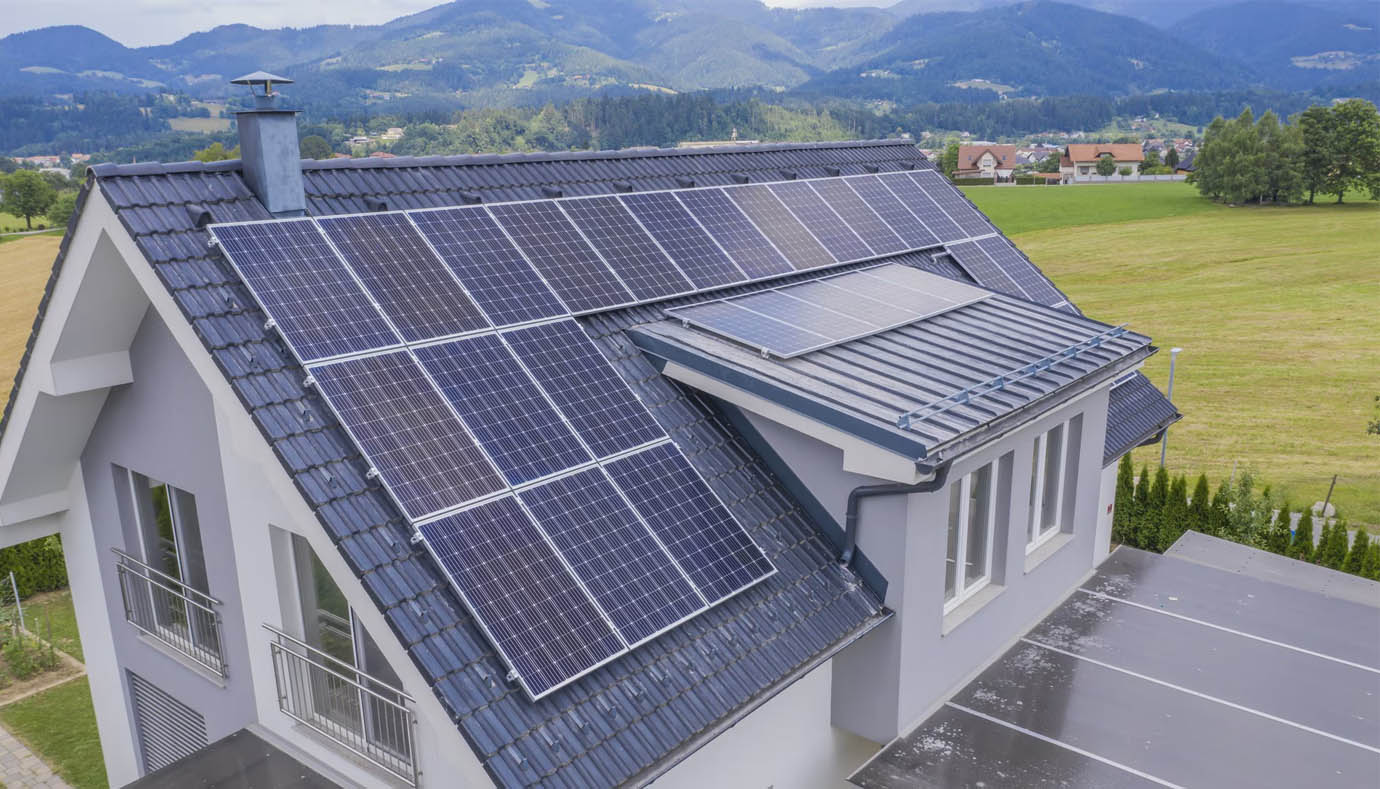



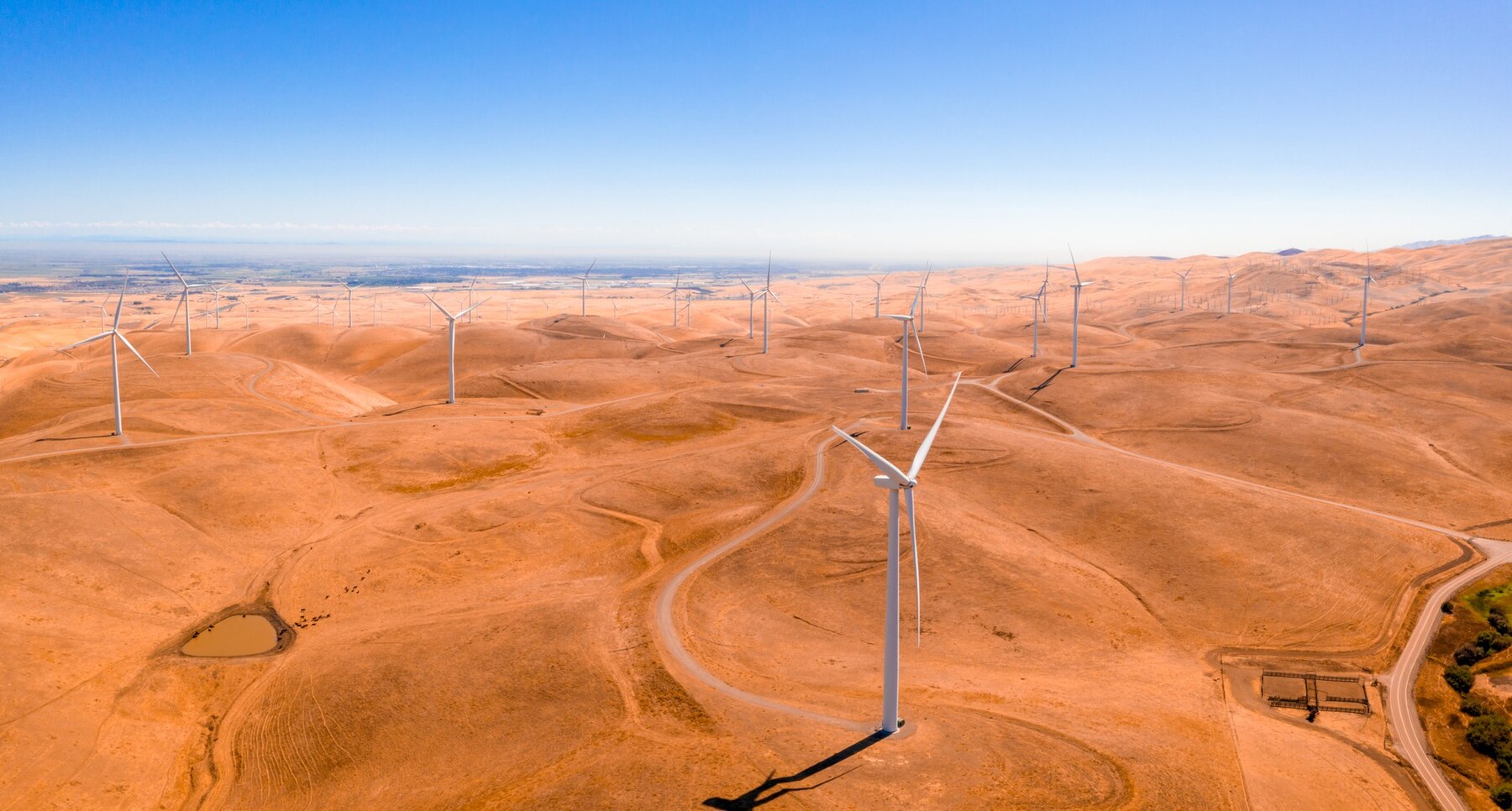
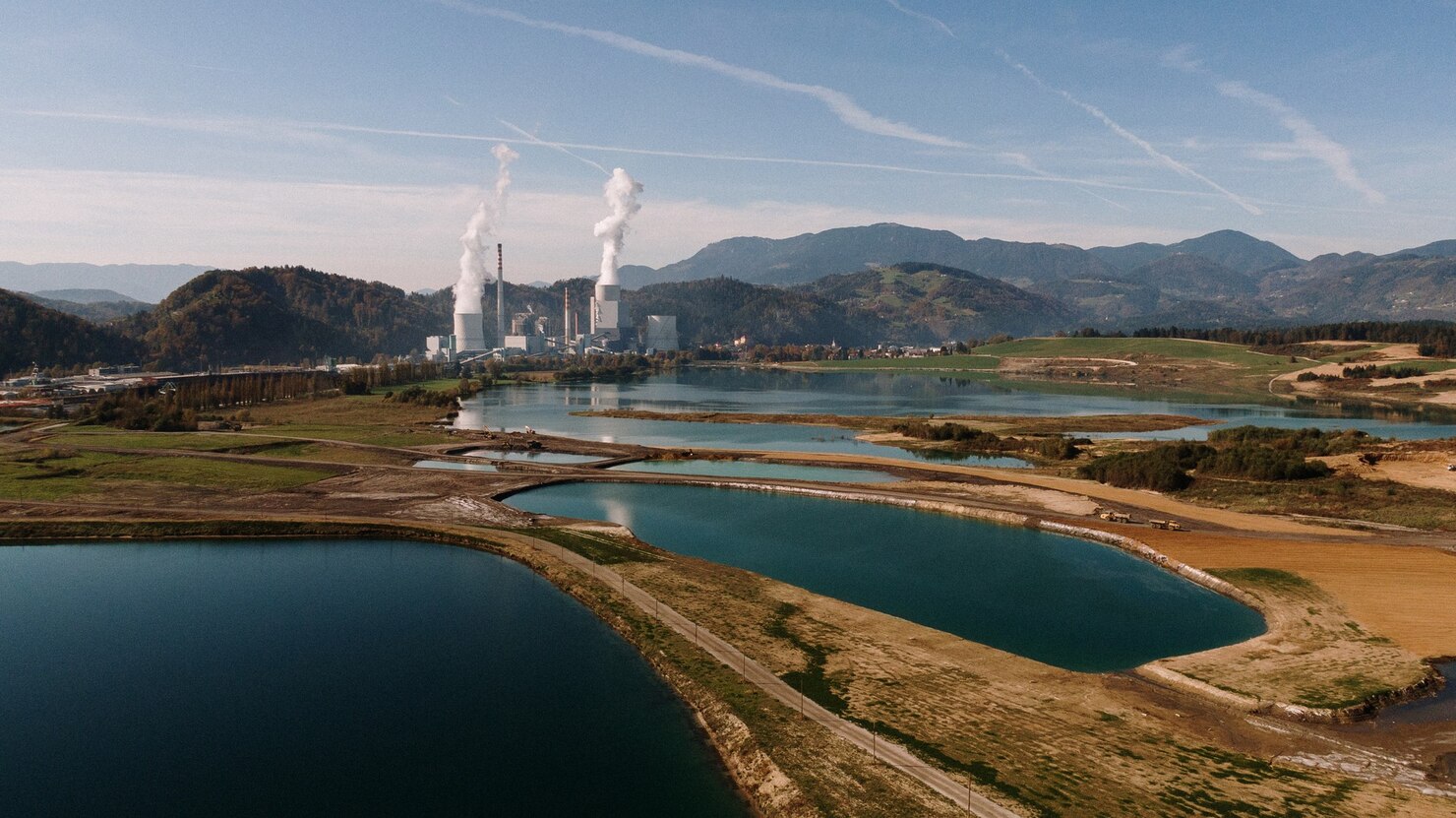



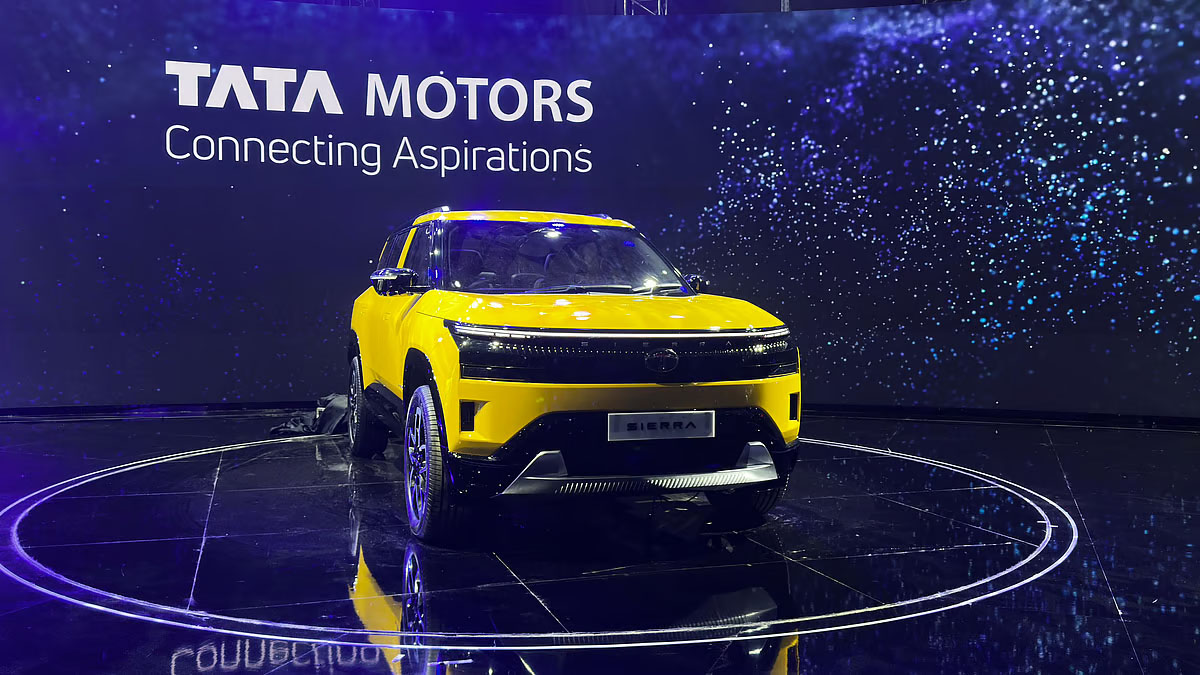

Ms. Liu +86 132 6100 0097

协办单位:全国工商联新能源商会、电力规划设计总院
支持单位:江苏省发展和改革委员会、江苏省工业和信息化厅、江苏省商务厅
国网江苏省电力有限公司
国际支持:欧洲储能行业协会、德国智能城市交通协会
承办单位:创能国际会展服务(江苏)有限公司、东浩兰生会展集团股份有限公司
溧阳深水科技咨询有限公司



